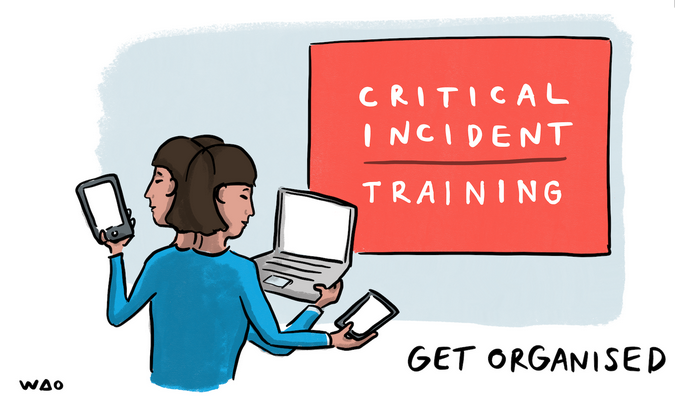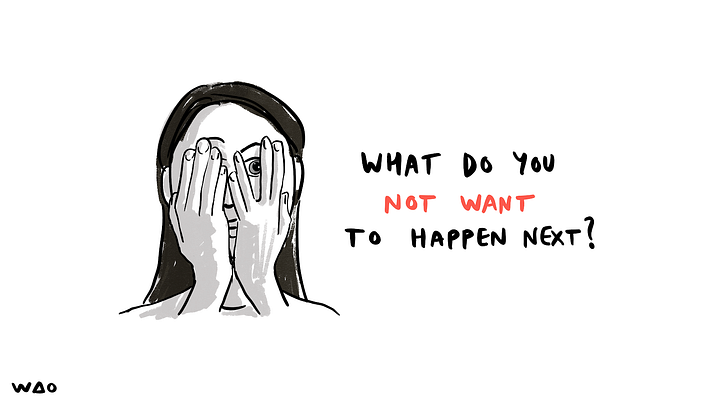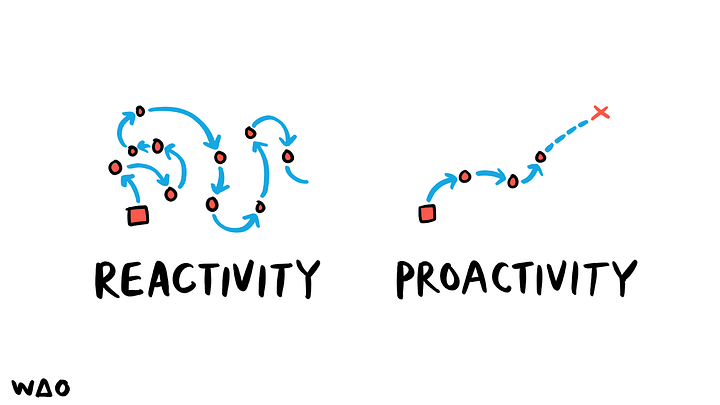Part 1: Building Resilience Amongst Environmental Activists

Have you ever heard of Fck Oatly? It’s a playfully sarcastic website that documents scandals the brand Oatly has had to deal with — bad press, boycotts, internet shaming, you name it. Oatly has taken control of their PR nightmares, company crises and embarrassing incidents. Fck Oatly is an admirable way for an organisation to own their story.
PR mishaps or brand crises are pieces of a complex crisis management puzzle. For several years, we have been designing and redesigning, delivering and iterating on a complex digital training for Greenpeace International (GPI). Until now, we’ve not written publicly about the training, due to the sensitive nature of the themes surrounding crisis management inside of a global network of organisations like Greenpeace.
We’re pleased to have been given the go ahead to write about the programme(s). It’s a lot, so we’ll do a series of posts starting with some context and background.
A little context

Greenpeace is a network of organisations that rally together around the common mission to “ensure the ability of the earth to nurture life in all its diversity.” This network is made up of individual Greenpeace organisations. Greenpeace International (GPI) is the global enabling body that provides support for national and regional Greenpeace organisations (NROs) around the world.
Greenpeace International had, for years, been running an in-person training program designed to connect people across the network together and teach them skills on how to manage complex activist situations. The in-person training revolved around scenario based, experiential learning. Essentially, people gathered together to role play potential scenarios and the trainers would gauge responses while connecting reactions to policy and procedures.
Activism is about changing the status quo, so activist organisations are inherently placed in potentially risky situations. Because of the potential risk, there are management tactics within activist organisations that are designed to reduce risk both to the organisation as well as the activists within it.
When the pandemic hit, they knew this critical training programme needed to be digitised, but they didn’t want to lose the experiential aspects of what was supposed to be a high stress training situation.

Issues Management tends to be a proactive look at various activities within the Greenpeace network, whereas Crisis Management, and its more serious delineation Critical Incident Management, are reactive.
Dealing with crises is a complex psychological, strategic and tactical endeavour. Self awareness and stress resilience are key, so not everyone is suitable for this kind of work.
Building a Community of Practice

A network of organisations like Greenpeace need capable, thoughtful comms professionals. When something unexpected happens, when shit hits the fan, a coordinated network of skilled people get organised to deal with the situation, whatever it may be.
A strong, international Community of Practice is able to:
- monitor, analyse, handle, and escalate critical issues relevant to Greenpeace
- lead or support communication in international critical incident situations
We call this Community of Practice the Critical Incident Network or CIN for short.
A Progressive Pathway for the Network
Our end goal is to build a vibrant community of experienced professionals, but to do that, we need to help people become experienced in managing crises and incidents without them being involved in real incidents.
The stakes are high, and the road is long. When we think about how people become experienced to participate in a network like this, we acknowledge a progression of experience, skills and connections. Our Network Pathway consists of five distinct steps, the progression of which aligns with what we call “progressive education” or “constructivism”.
Progressive education emphasises active and experiential learning, encouraging learners to engage in real-world experiences and take an active role in their education. It focuses on the development of critical thinking skills, problem-solving abilities, and personal agency.

Get Ready!
We have lots to share around this innovative learning programme! We are looking forward to getting into the intricacies of each step of the learning pathway. We are looking forward to showcasing some of the unique aspects of the digital training. The design, methodology, and technologies used are world-class, and we’re pleased to explain how we managed to preserve the experiential learning aspects while accommodating the shift to virtual settings.
For now, if you have thoughts or ideas, specific questions or ideas — Get Organised and send them our way!